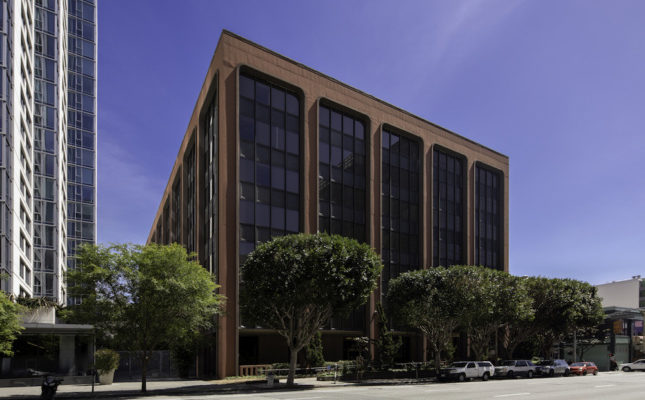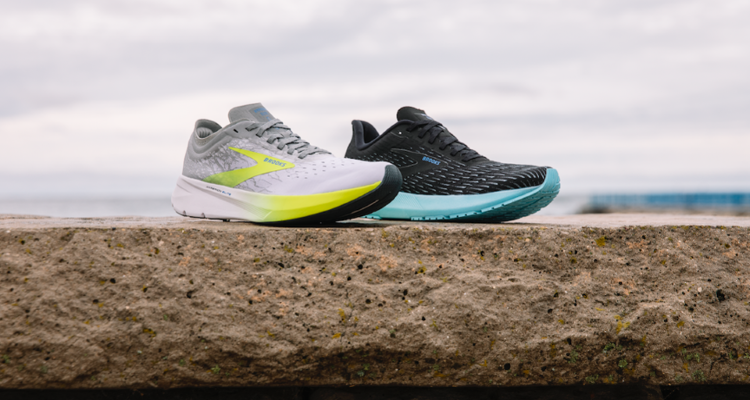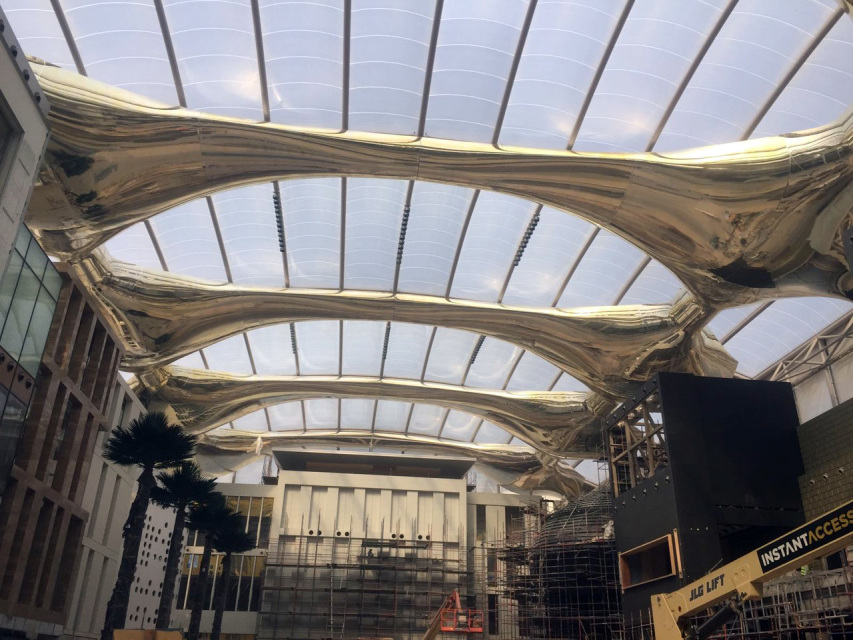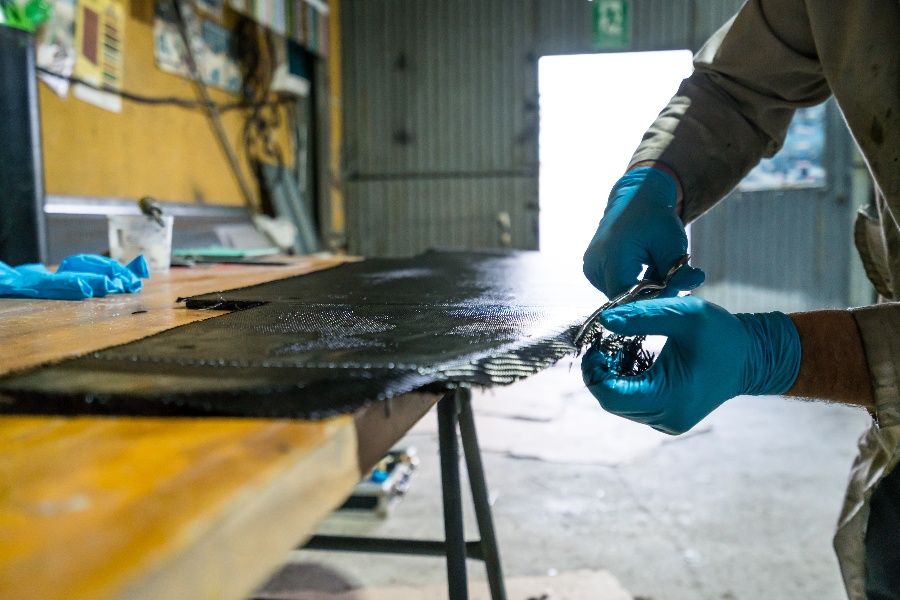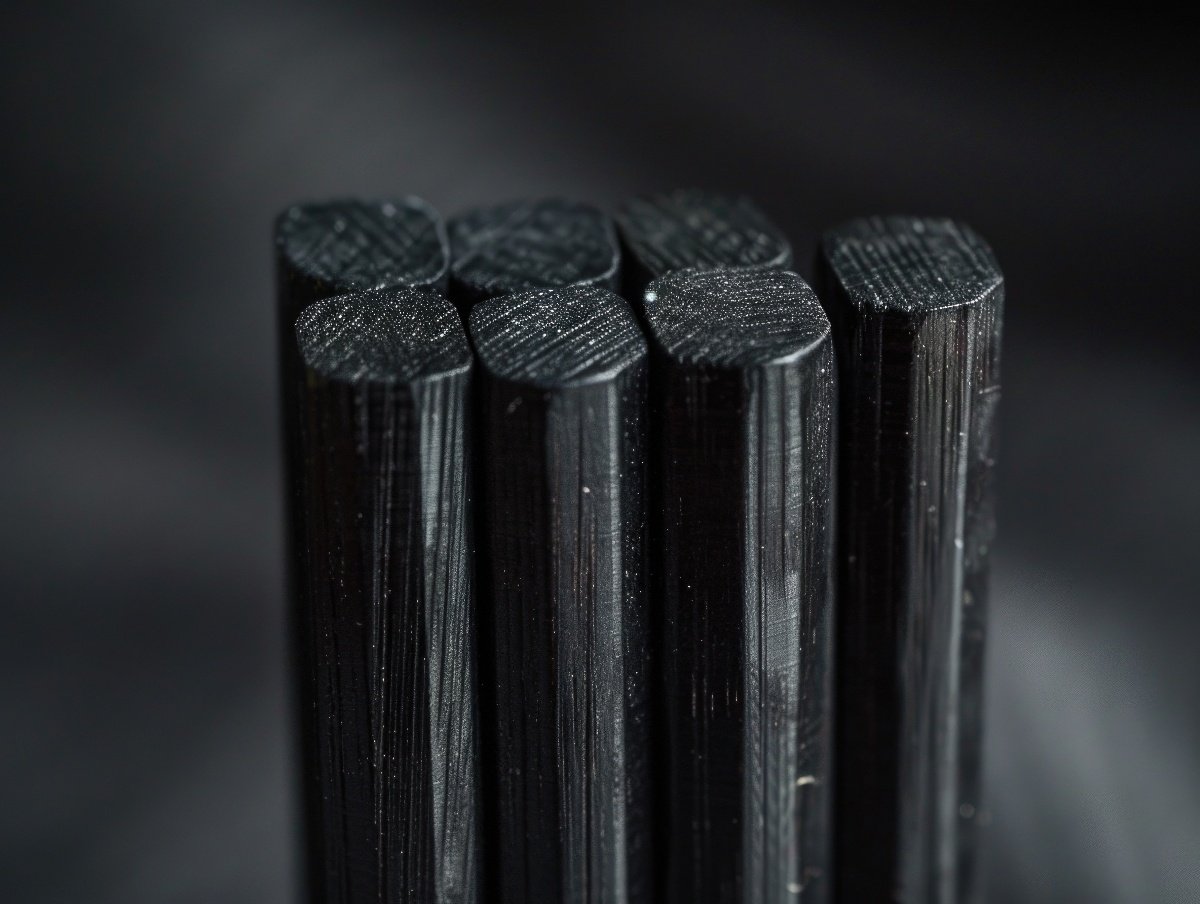
Factory and warehouse workers can breathe a sigh of relief as Fiber Reinforced Polymer (FRP) composite technology makes it possible for them to improve their productivity levels without putting more stress on their bodies.
Only available on the market for the last decade or so, FRP composite exoskeletons are being used more frequently in various industries including automotive, manufacturing, construction, and even the Armed Forces.
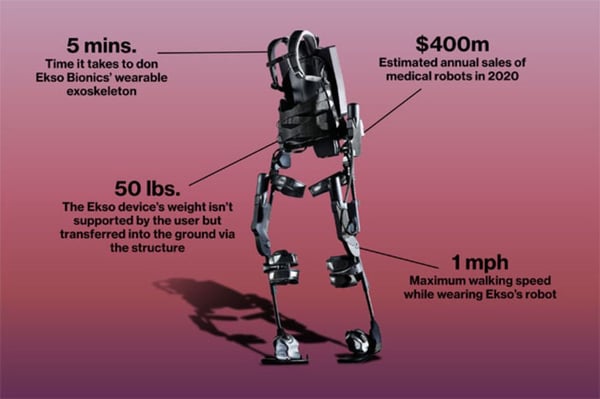
Photo illustration by 731; Exoskeleton: Courtesy Esko Bionics
Pic Credit: Bloomberg
Designed to help reduce the amount of strain put on the backs of hard workers, these innovative devices are the future of the American workforce.
Wearable Robotics
If you are at all familiar with 1980s science fiction films like Aliens II and Blade Runner, then you’re already aware of what many people thought would be the future of robotics.
However, wearable robotics of the 21st century has proven to be highly practical as well as lightweight and sturdy.
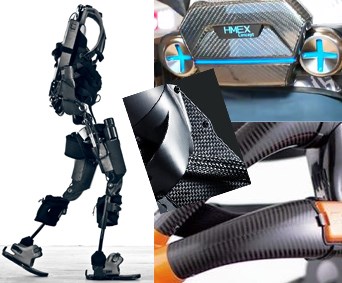
Pic Credit: CompositesWorld
These FRP composite exoskeletons are used in a variety of ways including personal and commercial use. They can help improve a person’s quality of life and assist with the rehabilitation process of people with disabilities or severe injuries.
Commercially, wearable exoskeletons are used for heavy lifting and extended movement such as squatting, bending, standing, and even walking. They help improve the worker’s overall productivity while also helping to prevent injuries due to physical strain.
In general, we see these exoskeletons providing support to the individual’s lower back, which is where the most common work-related injuries typically occur.
Why FRP Composites?
Using FRP composites to create wearable robotic pieces makes sense. FRP composite materials are lightweight, strong, durable, non-conductive, and resistant to many things including moisture, heat, impact, corrosion, and more.
Metals such as steel and even aluminum add unnecessary weight to the exoskeleton. While some models may feature a few aluminum components, FRP composites are being used wherever they can due to the unwavering strength and lightweight feel.
Wearable Robotics in the Medical Field
What began as an innovative invention designed to help with rehabilitation in the medical industry, wearable robotics has expanded exponentially over the last few years.
As of now, there are over 40 companies that create unpowered and powered exoskeletons. For spinal cord injuries patients, the exoskeletons feature carbon fiber pieces inside the foot braces.
These are not designed for lifelong use. They were created to assist with the rehabilitation process such as used during treadmill training and physical therapy.
While these exoskeletons can cost upwards of $80,000, the Congressionally-Directed Medical Research Programs and the United States Department of Defense have been funding field studies to weigh the health benefits of exoskeletons versus the cost.
The goal of the studies is to allow for health insurance reimbursements so that the people who need help can get it without having to worry about the price.
Furthermore, the United States Department of Veterans Affairs has recently issued a new policy with national coverage for qualifying veterans to purchase wearable exoskeletons.
These powered exoskeletons provide motion to the knees and hips, which enables disabled veterans to stand by themselves and even walk.
Becoming an Iron Man
As for commercial use, wearable robotics are also being used for human augmentation. The United States military has been funding the rapid development of wearable robotics for many years now.
They like to call it the Iron Man suit. In fact, the blockbuster film Avatar features the AMP suit, which was based on early exoskeleton models. Newer models are now built for shipyard workers in the U.S. Navy and Army soldiers on the front lines.
The next-generation exoskeleton for the U.S. Army is known as the Iron Man Suit or the Tactical Assault Light Operator Suit. Lightweight, durable, and flexible, this exoskeleton is designed to protect soldiers in battle.
Worn underneath the uniform, it supports the soldier’s musculoskeletal system to help prevent injuries. It also has the ability to detect a muscle injury and provide extra support to the affected area.
As a bonus, the latest Iron Man Suit can also help a soldier run a 4-minute in full gear with experiencing any fatigue.
The Future of Wearable Robotics
Reports from ABI Research show that the demand for exoskeleton robotics will increase from $68 million in 2014 to $1.8 billion by 2025.
With more demand for these products comes a higher demand for more advancements. The next step in FRO composite exoskeletons is incorporating more carbon fiber components into the completed design.
In an attempt to make these exoskeletons even more lightweight, many companies are using a metal tube frame attached to a carbon fiber harness.
This will transfer the weight of any object through the arm of the exoskeleton, down the person’s leg, and into the ground. Carbon fiber is the most commonly used FRP composite in the design of many exoskeletons.
However, fiberglass FRP composites is another good option that we may see more of in the future. The only deterring factor for fiberglass composites in the high price tag. Carbon fiber is still expensive, but fiberglass is even more so.
However, the flexibility and high tensile strength of carbon fiber and fiberglass are the main reasons why these exoskeletons can’t function well without one or the other.
With the latest developments in fiber rovings, specialty resins, recycling, and the pultrusion process itself, seeing FRP composites used in future exoskeleton models will not be a surprise.
As of now, extensive research is being done on acrylic vs epoxy resin, thermoplastics, recycled carbon fiber moldings, and customized carbon fiber sizes and shapes.
Get in Touch with Tencom
Here at Tencom, we specialize in fiberglass composites and polyester resins. We offer a wide range of products including rods, tubes, bars, angles, pole, channels, tree stakes, window reinforcements, driveway markers, and sporting goods.
All of our products are water-resistant, thermal resistant, non-conductive, flexible, rigid, and super strong.
We also offer specialty resins to customize your pultruded products however you want. You can easily have colorants, designs, and custom shapes added to your FRP composite products. For a quote, get in touch with our experts today.





